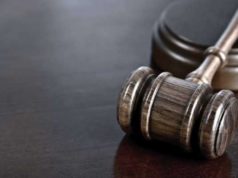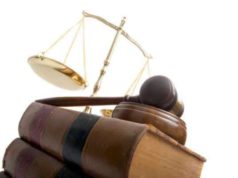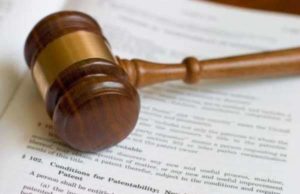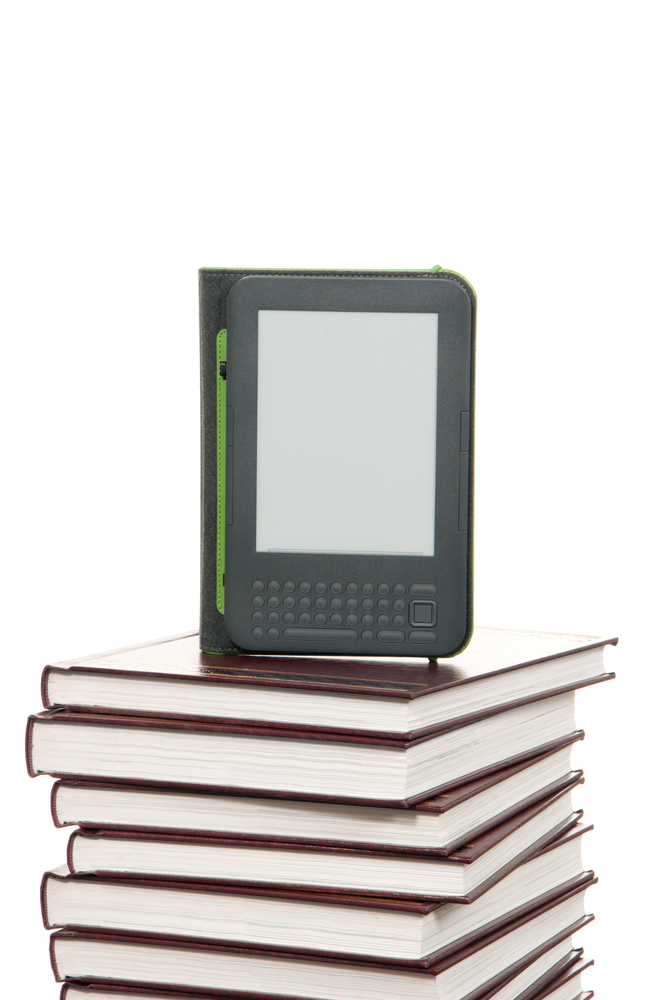
Patent law
Interest in the creation of the United States Code can be dated back to the efforts of individual publishing companies, who created guides to federal laws to serve the interests and practical purposes of other private individuals but without any official endorsement from the U.S. government. The first true precursor to the United States Code was passed into law by Congress on June 22, 1874 as the "Revised Statutes."
This codified form referred to the federal statutes in effect as of December 1, 1873. At this point an important point came up, one that has continued to relate to patent law and other subjects for federal codification, that of whether law codes could function as sources for legal enforcement themselves, or simply as prima facie evidence on those laws. The Revised Statutes, which underwent corrections in 1878, were given legal force as "positive" or statutory laws.
The Revised Statutes ceased to function effectively, however, due to Congress's failure to update them with the new laws that had been passed. In time, legal scholars and professionals once again had to look in different places for federal statutes. After the lapsing of the Revised Statutes, a second program was carried out by Congress to provide for a general legal framework for the United States. In a ten-year period, from 1897 to 1907, Congress studied existing federal statutes for the purpose of gathering them together but never carried the project to completion, in the absence of which new private publications were issued.
A third effort to create the United States Code took place in the 1920s, this time successfully. In 1925, an initial model for the completed code was created by the House Committee on Revisions of Laws comprising sixty different "titles" or sections, unlike the fifty title code that would later be issued. In 1926 the work conducted by the Congressional committee received legislative approval and the Code passed on law by the decision of the 69th session of Congress. The initial House Resolution, made on April 12, 1926, mandated that the law would be in positive effect after June 30, 1927.
Before the bill could be signed into law, however, it was decided that the likelihood of mistakes being present in the law mitigated against the wisdom of making the Code a source for statutes. With this in mind, the Senate made an amendment to the legislation making the Code a prima facie source for legal evidence. This decision was later borne out by the discovery of 537 textual errors, included eighty-eight greatly affecting the substance of laws. With the legislation thus improved, President Coolidge signed the legislation on June 30, 1926.
The United Code was first issued as a single, bound text publication. Because the prior work conducted by private parties was at this point in advance of governmental regulations, this first edition contained cross-references to the non-official publications United States Compiled Statutes Annotated and Federal Statutes Annotated. A 1928 law established the principle that a period of several years would intervene between new issues of the Code, originally set at five, and later extended to six years.
With the initial publication of the United States Code, the laws did not hold any power in the American legal system, but merely served as prima facie evidence in legal proceedings. Further work on the development of the United States Code was directed toward the end of putting the Code's provisions into effect as positive laws. In the late 1940s, increasing numbers of Americans involved in the practice of patent law, such as inventors and industrialists, issued complaints about how the field was being treated by the courts under common law.
With a mind to providing a consistent set of rules for the intellectual property rights due to inventions, the House sub-committee tasked with reordering the 1926 United States Code incorporated patent law as one of their main concerns. The larger movement for making the Code effective on a statutory basis had begun in 1947.
With the passage of the 1952 Patent Act, American patent law was placed in the larger framework of the United States Code. The specific portion of the United States Code dealing with patent law is Title 35. The Code has 50 different "Titles" or sections, each addressed to a different subject for federal law. Despite being present in the Code, a Title cannot be assumed to be in positive or statutory effect.
At present Congress has not fully implemented the United States, in which only twenty-three Titles are currently effective as sources for law. After 1975, the United States Code has existed under the institutional guidance of the Office of Law Revision Counsel, which operates out of the House.
The United States Code refers specifically to federal legislation and excludes state and local laws, as well as federal court decisions and the regulations of federal agencies. The latter are offered instead in the Code of Federal Regulations (C.F.R.). The Federal Register contains new regulations and those pending approval. The initial Revised Statutes are still relevant to certain sections of the Code, in particular those which have yet to be implemented on a statutory basis. Contact patent lawyers to review your case.













